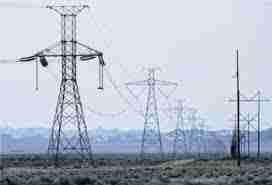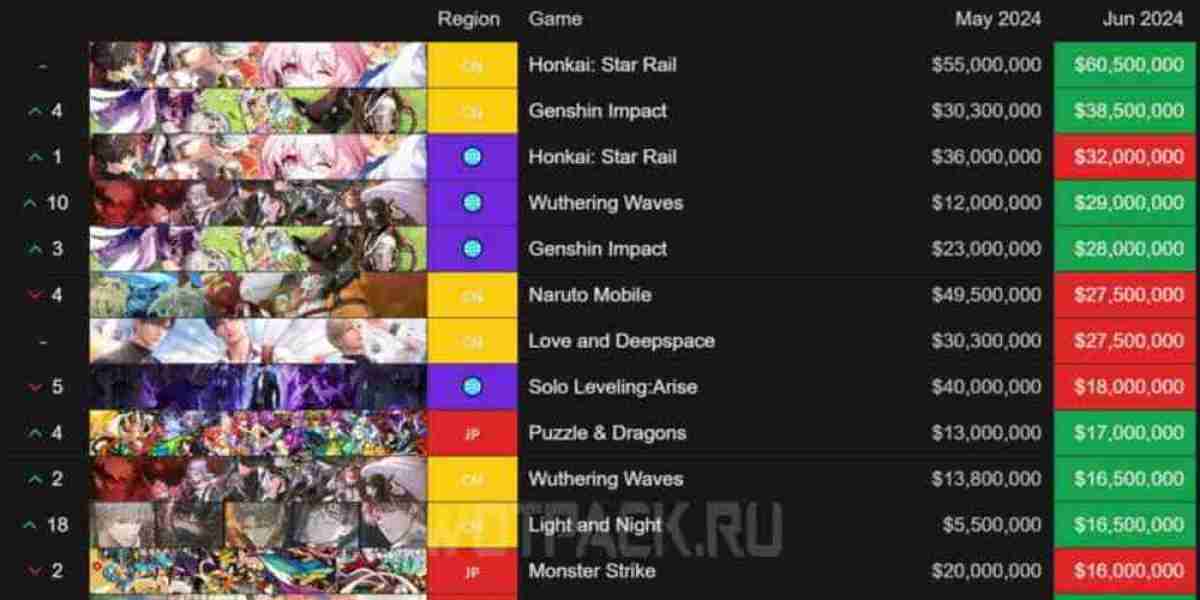The HVDC transmission system market has emerged as a critical pillar supporting the transformation of global energy systems. As the world accelerates its shift toward clean and renewable energy, HVDC technology plays an increasingly vital role in long-distance and cross-border power transmission, offshore wind integration, and grid stability. In recent years, the market has witnessed a series of notable developments—ranging from groundbreaking projects and technological innovations to regulatory support and industry partnerships. These developments reflect growing investments and a renewed focus on upgrading global transmission infrastructure to meet modern energy demands.

Expansion of Cross-Border HVDC Projects
One of the most significant developments in the HVDC market is the expansion of cross-border interconnection projects. Countries across Europe, Asia, and Africa are investing in large-scale HVDC lines to enable energy trade and enhance regional energy security. For instance, the development of interconnectors between the UK and continental Europe, as well as new projects linking the Middle East and Africa with South Asia, highlight the increasing emphasis on regional energy cooperation. These projects are designed to optimize electricity distribution, reduce reliance on fossil fuels, and enable the efficient use of renewable sources across national boundaries.
Surge in Offshore Wind HVDC Integration
The rapid growth of offshore wind farms has given rise to a new wave of HVDC applications. Several new projects in Europe, especially in the North Sea, are adopting HVDC transmission to connect offshore wind energy to onshore grids. These developments are driven by HVDC’s ability to transmit power over long distances with minimal losses, making it ideal for remote wind installations. Technological improvements, such as compact converter stations and improved subsea cables, have further boosted the viability of HVDC in these demanding marine environments.
Technological Innovations in Converter Systems
Recent advancements in converter technologies have significantly enhanced the performance and efficiency of HVDC systems. Manufacturers are introducing next-generation Voltage Source Converters (VSCs) and Modular Multilevel Converters (MMCs) that offer reduced size, higher efficiency, and improved control over power flow. These systems are also better equipped to manage the variability of renewable energy sources, thus playing a vital role in grid stabilization. Innovations like high-voltage direct current circuit breakers and hybrid AC/DC systems are pushing the technological boundaries of what HVDC can achieve.
Major Industry Collaborations and Alliances
Strategic collaborations among technology providers, utilities, and governments have shaped many of the recent HVDC projects. Joint ventures have become a common approach for sharing technological expertise and managing the high costs and complexity of HVDC deployment. Noteworthy alliances between European and Asian firms are enabling the co-development of advanced components, testing infrastructure, and digital control platforms. These partnerships are not only accelerating project delivery timelines but are also fostering innovation through shared R&D efforts.
Government Initiatives and Policy Support
Governmental support has played a crucial role in the recent developments of the HVDC market. Policies promoting grid modernization, renewable energy integration, and emissions reduction have led to increased funding and regulatory backing for HVDC systems. In regions such as the European Union, India, and China, incentives for green infrastructure development have fast-tracked the approval and financing of major HVDC projects. Additionally, international development banks and climate funds are increasingly supporting HVDC-based grid expansion in emerging economies, recognizing its role in facilitating energy transition.
Digitization and Smart Monitoring Integration
Digital technologies are being increasingly integrated into HVDC systems to improve operational efficiency and reliability. Recent projects are leveraging real-time data analytics, artificial intelligence (AI), and Internet of Things (IoT) tools to enable predictive maintenance, fault detection, and dynamic system optimization. The integration of smart control systems has become a standard feature in new HVDC infrastructure, enhancing responsiveness and reducing downtime. These digital capabilities are especially crucial for managing complex hybrid grid configurations that combine AC and DC elements.
Development of Ultra-High Voltage DC Projects
In China and parts of South America, recent projects have introduced ultra-high voltage direct current (UHVDC) systems operating at voltages beyond 800 kV. These systems enable the transmission of power over extremely long distances with even lower losses, making them suitable for connecting remote renewable energy sites to urban consumption centers. UHVDC technology represents a major leap in HVDC capabilities, and its successful implementation is encouraging other countries to explore similar high-capacity infrastructure to meet future electricity demands.
Strengthening Local Manufacturing Ecosystems
Recent developments in the HVDC market also include increased localization of component manufacturing. As global supply chains face disruptions, manufacturers are setting up regional production hubs for cables, transformers, and converters. This not only shortens lead times but also reduces costs and enhances resilience. Additionally, local manufacturing aligns with government initiatives focused on domestic industry development, job creation, and import reduction.
Environmental and Social Impact Considerations
New HVDC projects are being designed with a stronger focus on environmental and social sustainability. Companies are incorporating low-impact construction methods, conducting rigorous environmental impact assessments, and engaging with local communities throughout the project lifecycle. These measures are critical in gaining public trust, securing regulatory approvals, and ensuring long-term project viability.
Conclusion
The HVDC transmission system market is experiencing dynamic growth, propelled by a combination of technological, policy, and market developments. From the rise of cross-border interconnectors and offshore wind integration to innovations in converter systems and digital monitoring, the market is rapidly evolving to meet the needs of a modern, sustainable energy ecosystem. These recent developments not only highlight the increasing importance of HVDC technology but also signal a broader transformation in how power is transmitted across regions and continents. As global energy systems continue to shift, HVDC will remain at the forefront, enabling efficient, reliable, and green electricity delivery.



